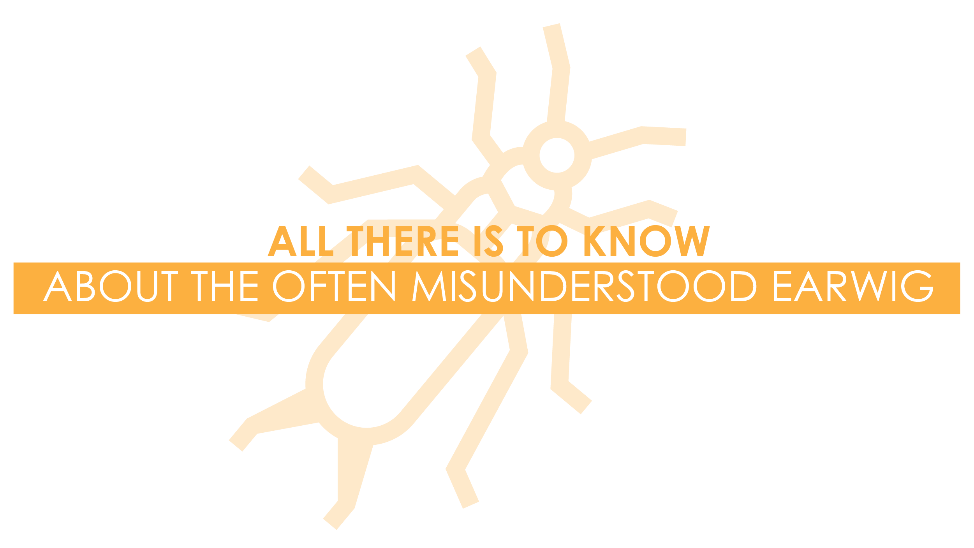Earwig Pest Control and Exterminators
Earwigs. Just the mere mention of these bugs give us shivers. If you haven’t witnessed these alien-looking things shimmying along one of your baseboards, consider yourself lucky. And if you’ve had the misfortune of opening a food cabinet and finding a horde of them quickly scurrying away, well, our deepest condolences. We hope you’ll be able to recover one day.
The Basics of Earwigs
There are more than 2,000 different species of earwig, and all belong to the order Dermaptera. They are plentiful all over the world; species of earwigs have been found on every continent except Antarctica.
The earwigs found in Southern California are often black and brown in color, and have shiny, membranous wings that fold under their legs. They also have an insidious flat shape, which allows them to sneak into the cracks and crevices of our homes. Earwigs are nocturnal and favor dark, cool and damp spots (much like that monster that lived in your closet when you were little!)
Earwigs are omnivorous, and are known to eat other bugs (small mites and aphids), but they enjoy the same leafy greens and fruits that we do, which is the major reason that they’re considered pests. Earwigs can make quick work of a garden or the bark of a tree, but they will invade our homes looking for peaches, strawberries, plums, or other produce left out.
Please provide your zip code to verify you’re within our service area.
Unfortunately, we do not service your location.
Submit this online form for a free instant pest control quote or termite inspection for your home – or to get access to pest solutions for your business. Note: instant quotes available for single family residences under 9000 sq. ft. with defined pest concerns - all others will be contacted ASAP by our Customer Care Staff.
The most notable thing about earwigs, however, are the forcep-shaped pincers that protrude from the back of their abdomen. The size of the pincers vary between species, but the common European earwig’s pincers are usually less than a milimeter in length. (Just be thankful you don’t have to deal with the earwigs near Sri Lanka, where they sport pincers with the size and shape of a dentist tool).
However, as creepy as these bugs are, the bright side is that they’re not known hurt humans, which brings us to…
Earwig Myths—How Did They Get Their Name?
First thing first: Earwigs will not climb in your ears to lay their eggs in your brain. This rumor has been circulating for centuries, and has even been cited in pre-20th Century medical books. There have been reports of earwigs crawling next to a person’s ear, but that’s no different than the spiders, flies, or other insects that incidentally crawl across our faces when we sleep (okay, forgive us if we’re not doing the best job of easing your fears…).
The truth behind their name is a lot less sinister: entomologists suggest that the name “earwig” refers to the unique ear-shape of the insect’s wings. Simple as that.
How We Treat Earwig Infestations
We begin treating for earwigs by dusting wall voids and cabinets where pests are seen. Because of their unique body shape and ability to hide, we apply insecticide in all cracks, and crevices where we suspect potential harborages. Our interior earwig treatment requires all humans and pets vacated out of the structure before we begin.
Outside, we create a barrier around your home or structure using a power sprayer, and then we apply granule where there is a high degree of moisture.







